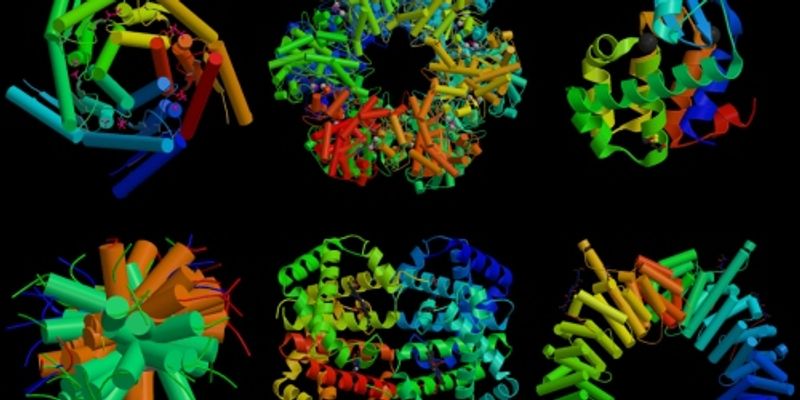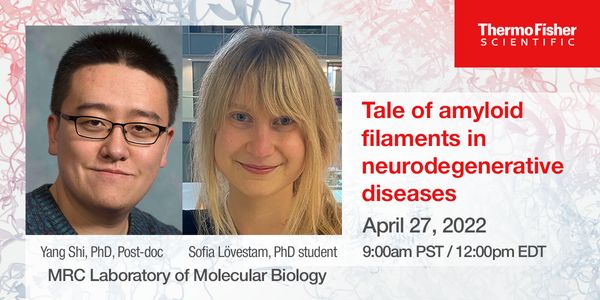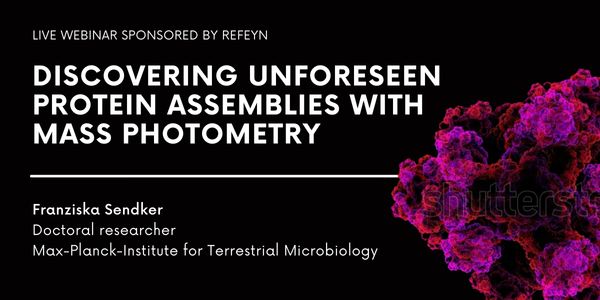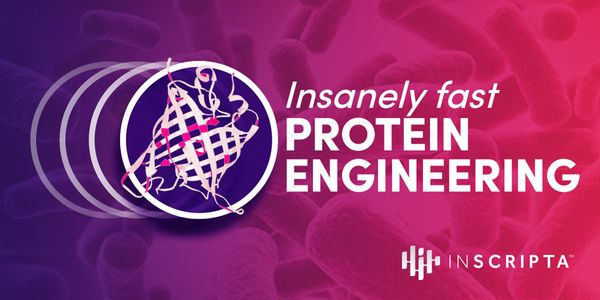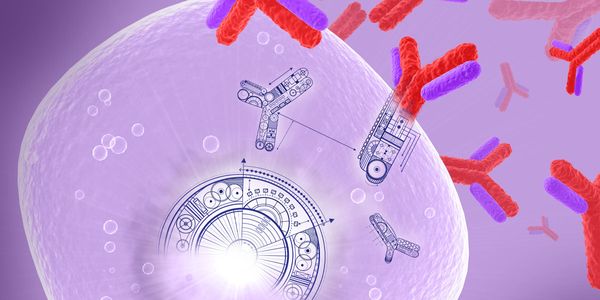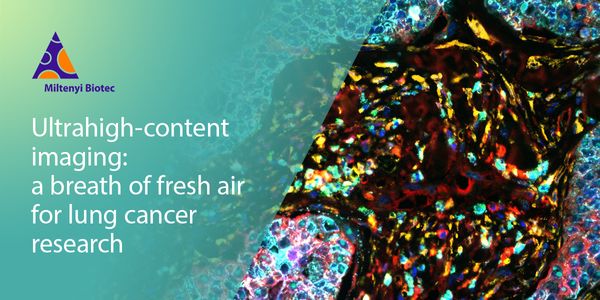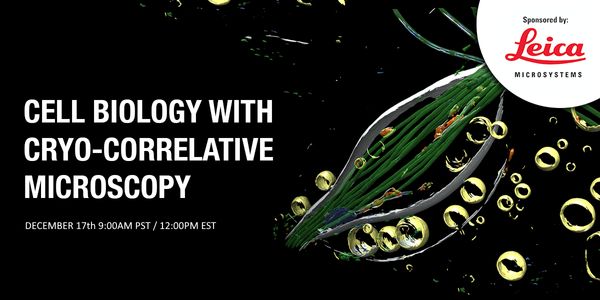MAY 25, 2021 | 8:00 AM
Date: May 25, 2021 Time: 8:00am (PDT) Reliable expression of recombinant proteins in human, CHO, or insect cells is essential for many aspects of biomedical research and drug development, bu...
MAY 13, 2021 | 8:00 AM
Date: May 13, 2021 Time: 8:00am (PDT), 11:00am (EDT) Antibodies are the most rapidly growing form of therapeutic. High-throughput methods of characterization are essential as companies and r...
MAY 11, 2021 | 10:00 AM
Date: May 11, 2021 Time: 10:00zm PDT Your samples are some of the most valuable assets in the laboratory. After spending countless hours on extraction and preparation, your conclusions could...
APR 21, 2021 | 5:00 PM
Date: April 21, 2021 Time: 8:00am (PDT), 11:00am (EDT), 5:00pm (CEST) Spatial Answers Trilogy - Spatial Answers in Immunology Immunology Researchers share their Spatial Discoveries in SARS-C...
We are entering into an exciting era of genomics where truly complete, high-quality assemblies of human chromosomes are available end-to-end, or from ‘telomere-to-telomere’ (T2T)...
MAR 09, 2021 | 8:00 AM
Date: March 09, 2021 Time: 8:00am (PST), 11:00am (EST) Lung cancer is one of the three most common types of cancer. Representing 85% of all lung cancers...
G protein-coupled receptors (GPCRs) are among the most intensively studied drug targets, and account for about ~34% of all drugs approved by the FDA. Examples of drugs targeting GPCRs includ...
